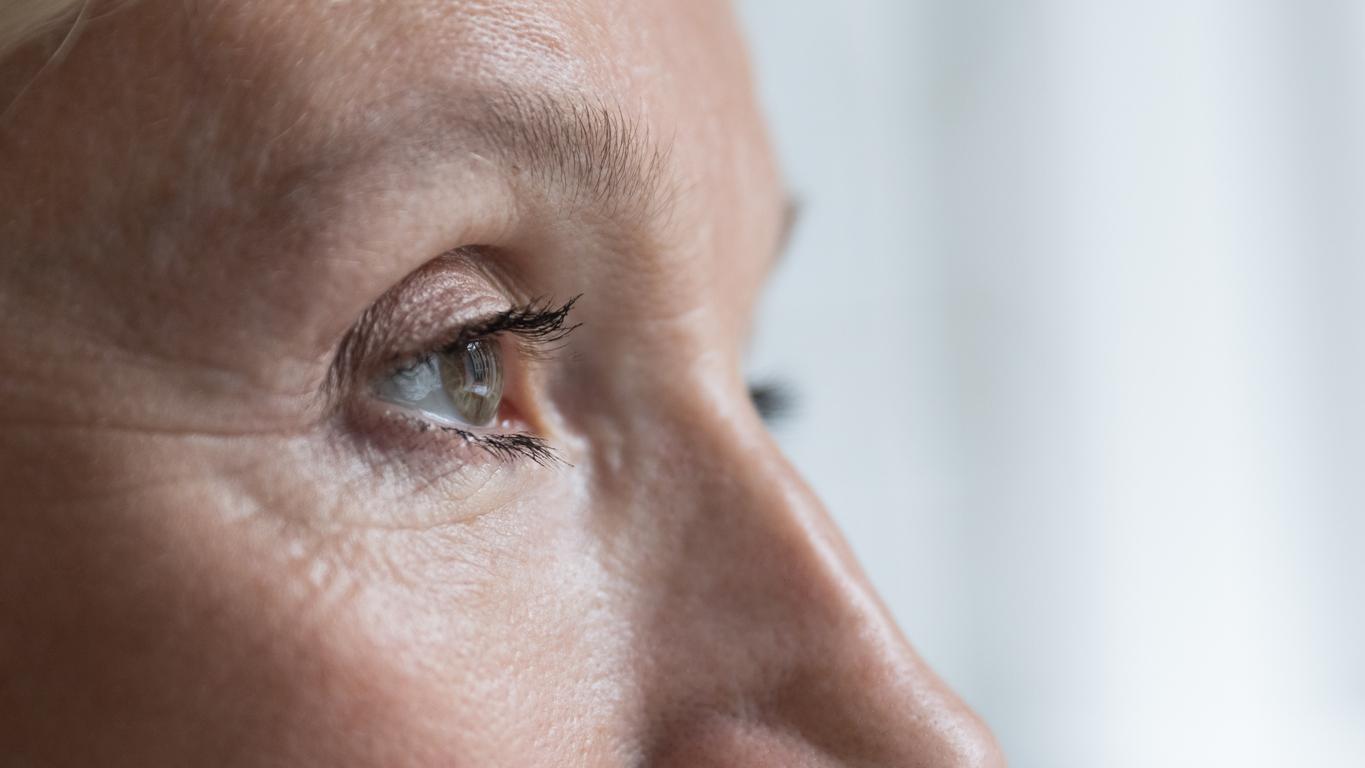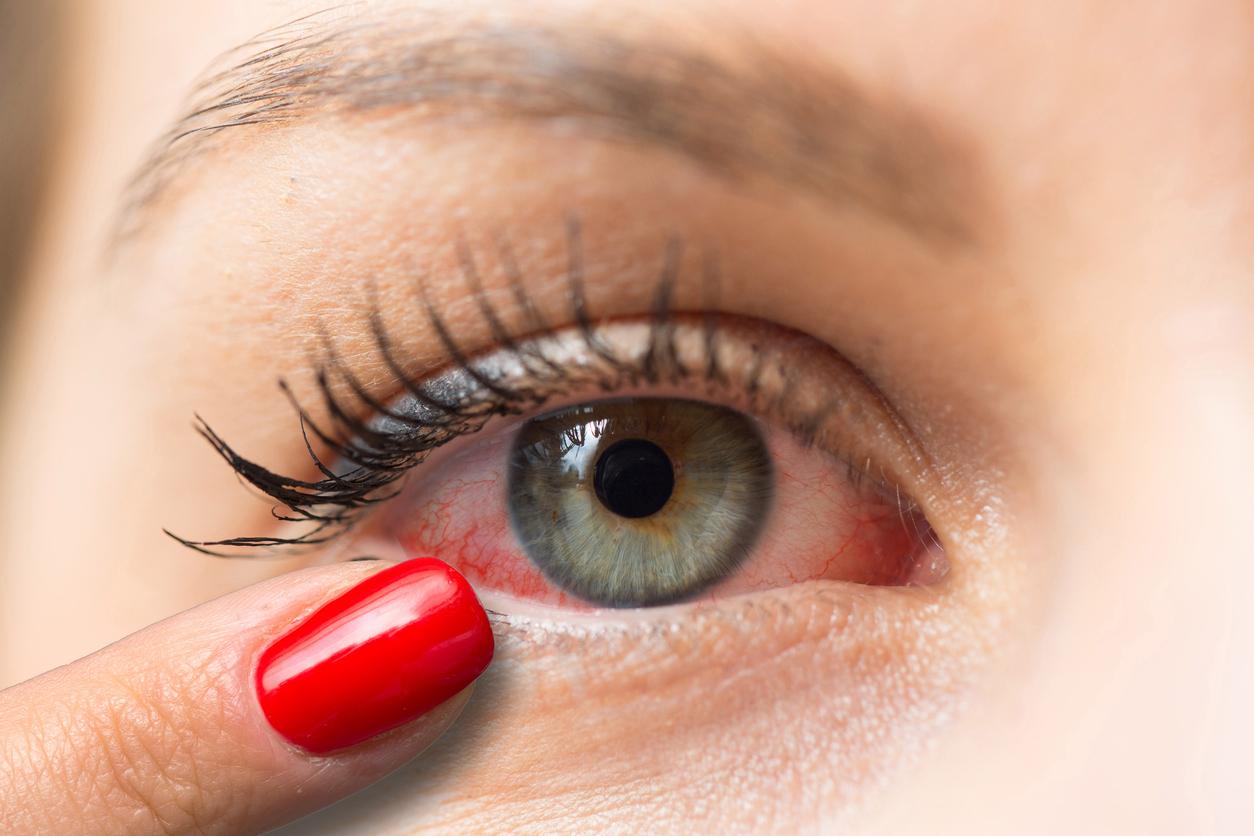Strabismus affects both children and adults. This January 12, an ophthalmologist reported that this lack of parallelism of the eyes can alter the quality of life of patients, which justifies the use of treatments.

- Strabismus is a visual disorder that affects 4% of the population, particularly children.
- “In our society where image is increasingly important, this visual disorder can lead to personality development disorders and relationship difficulties.”
- In the event of double vision or an unsightly deviation, surgery, which is covered by Social Security, is recommended for adults.
“In France, 4% of the population, particularly children, suffer from strabismus. As a reminder, it is, in the broad sense, a misalignment of the visual axes. In short, one of the two eyes is not straight “, recalls Dr François Audren, ophthalmologist at the Rothschild Foundation Hospital and deputy secretary general of the French Society of Ophthalmology (SFO).
Strabismus causes amblyopia in children and diplopia in adults
During a press conference on January 12, he explained that in strabismic children, if the secondary eye is not sufficiently stimulated, amblyopia, namely a visual loss, occurs. In adults with previously straight eyes, strabismus causes diplopia, namely double vision, because “the plasticity of the brain is no longer the same at this age”. Indeed, unlike the brain of toddlers which is capable of adapting and neutralizing the double image, that of adults can no longer unify the images of the two eyes which are no longer aligned.
According to the specialist, a developmental disorder of the brain’s commands for eye alignment can be responsible for strabismus in children. “In adults, we encounter strabismus which has been present since childhood and which may have possibly evolved, as well as strabismus which can be newly acquired at all ages”, he adds. The causes of this visual disorder in adulthood are numerous: “trauma, microvascular damage, excess skin at the eyelid level, inflammation linked to a thyroid or even myopia”.
Self-confidence, social interactions: strabismus “is a real handicap and can be experienced badly”
In adulthood, this lack of parallelism of the eyes can cause a loss of autonomy, falls or an inability to drive. It can also have a psychosocial impact. “For 20 years, research has focused a lot on the question. The results show that strabismus is a real handicap and can be experienced badly. Indeed, in our society where image is increasingly important, this visual disorder can lead to a lack of self-confidence and self-esteem, personality development disorders, relational difficulties with professional or personal surroundings. points out Dr François Audren.
He believes that this impact on the quality of life of children or adults with strabismus justifies the use of treatments. The management of this misalignment of the visual axes relies on optical correction, i.e. glasses, often measured using cycloplegic eye drops. It helps ensure the best possible vision and can reduce strabismus in certain cases, especially in children. If the correction does not prove effective, it is appropriate to turn to surgery to align the eyes.
Strabismus: “Surgery is functional and aesthetic”
“In children, the procedure, which is carried out under general anesthesia and with restrictive conditions, is recommended in medium or large section, i.e. before entering CP where the risk of being teased is high. In adults, it is indicated because of double vision or an unsightly deviation. Because yes, the surgery is functional and aesthetic. Thus, it is covered by Social Security. Few patients know this and suffer the psychosocial consequences of the strabismus when they can have surgery”, specifies the ophthalmologist.
















